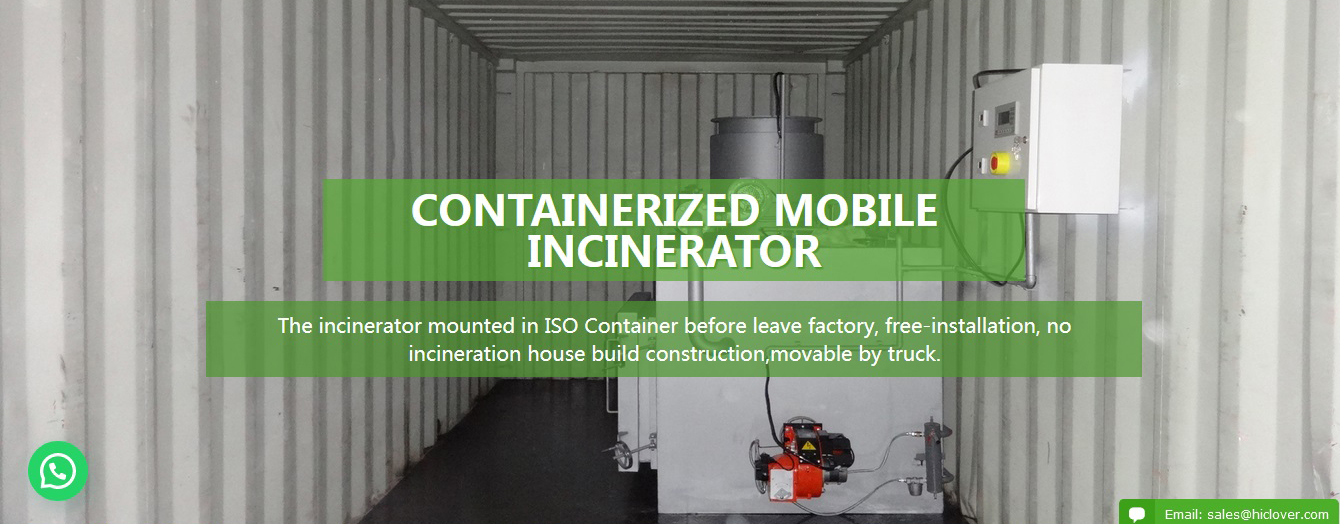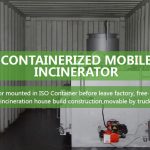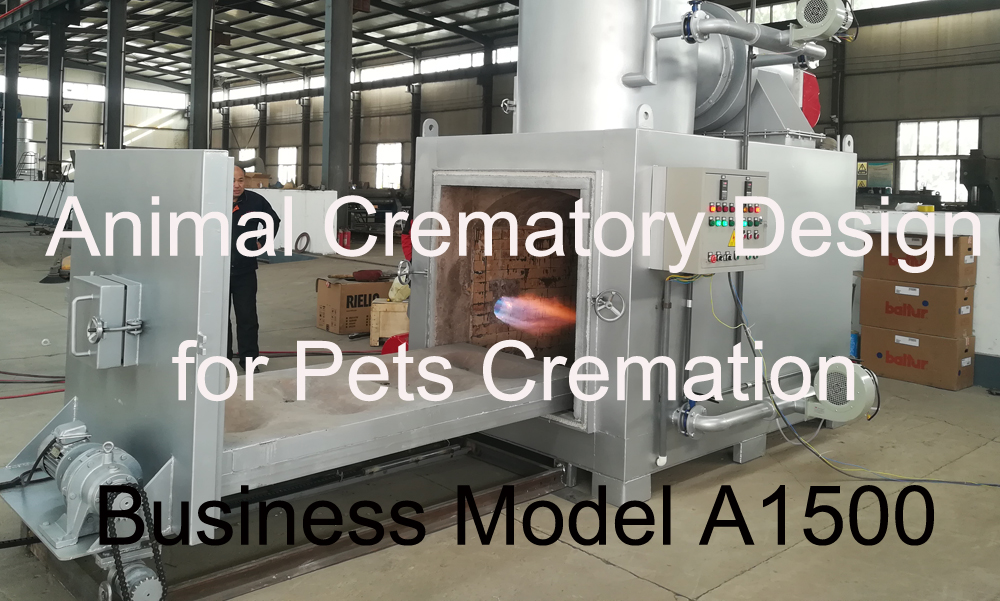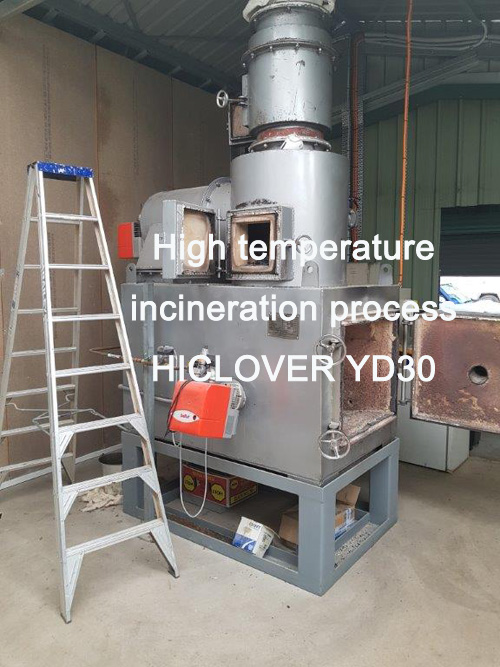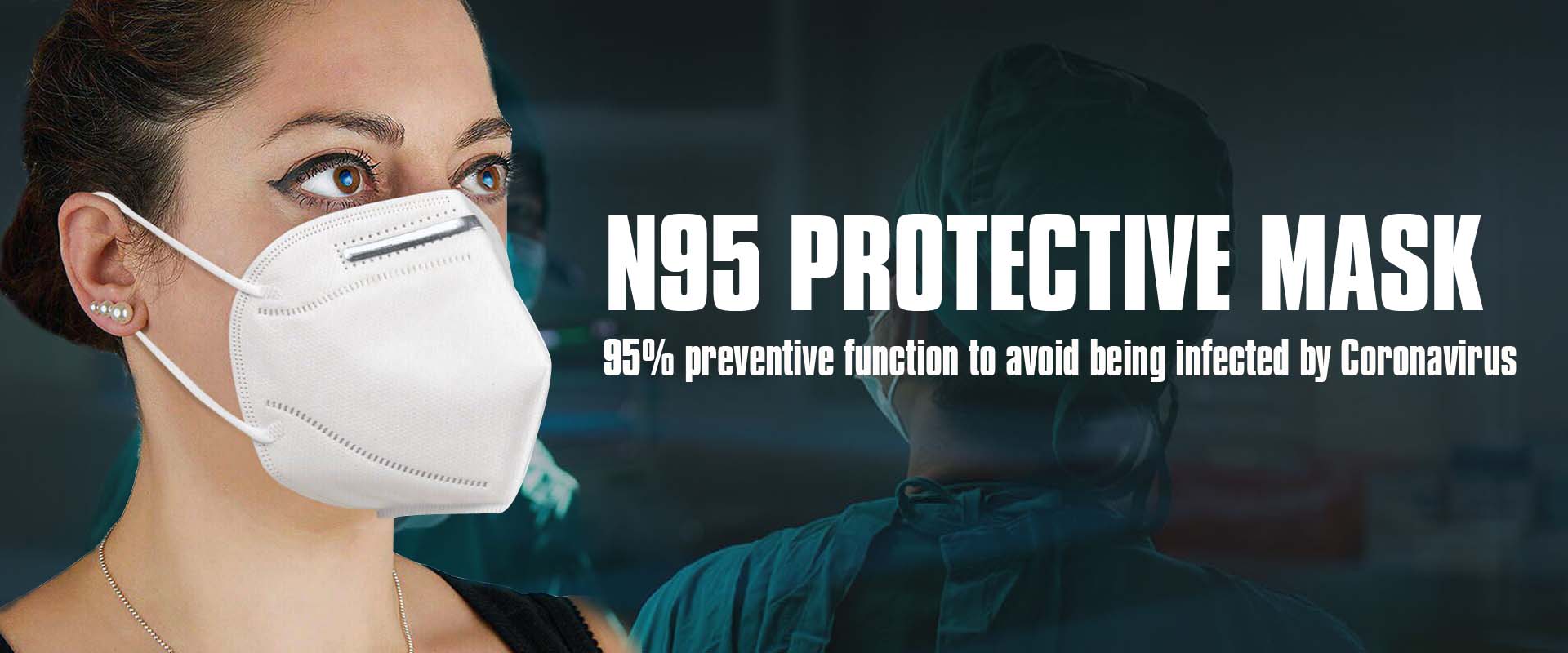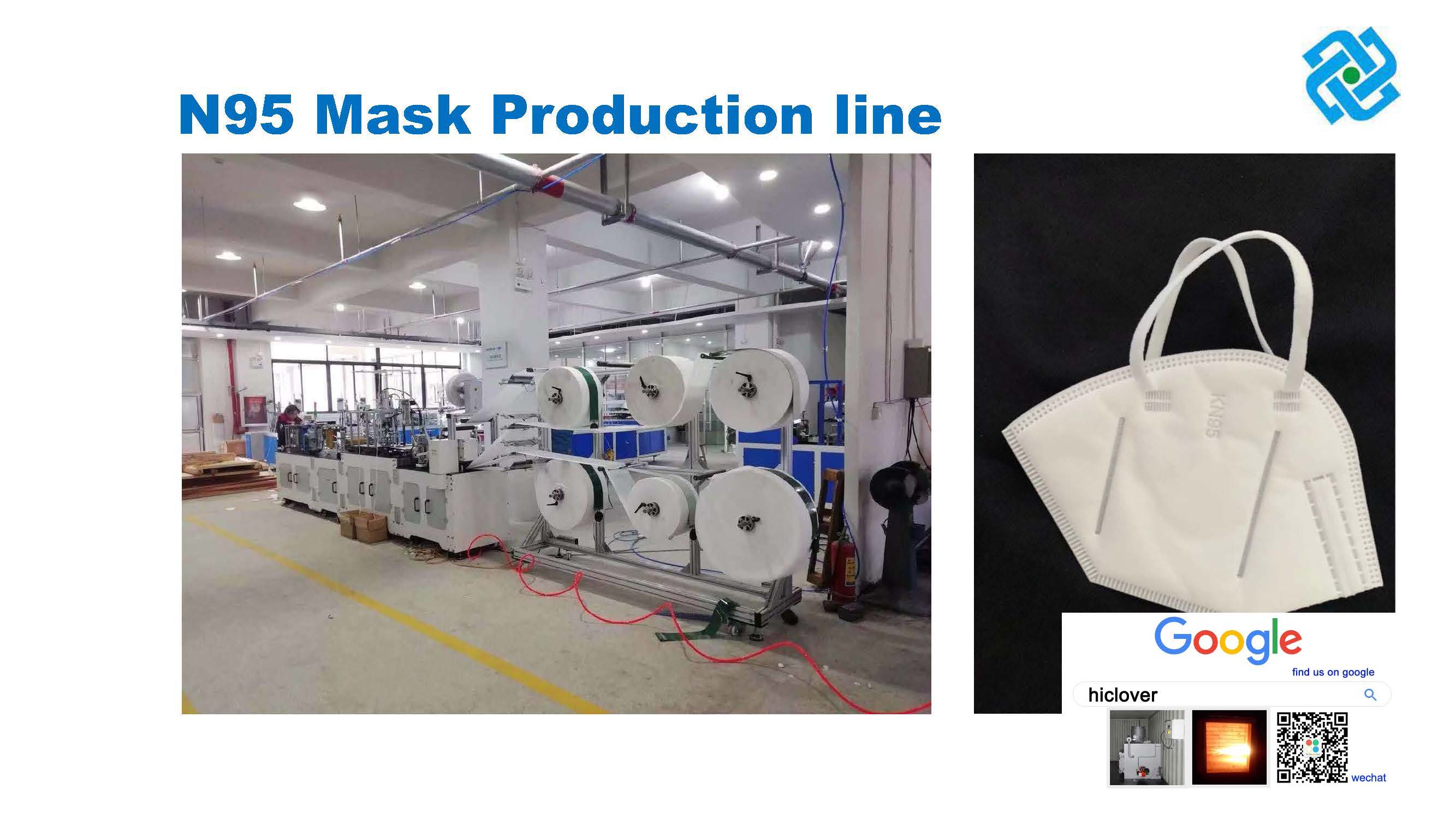Incinerator (hospital waste management system) is a turn-key project which
will comprise a hospital grade incinerator, allied accessories and operation for proper disposal of hospital General medical waste (plastics, gloves and papers) and Infectious waste (blood-soaked bandages, sharps waste, surgical waste, human or body parts, cultures, and swabs).the unit should be of high performance to operated continuously for at-least 12 hours daily. Energy/Fuel Source for incinerator will be Natural Gas based on Pyrolysis with smokeless emission, for ensuring the clean environment system should strictly comply with Environmental Protection Agency (EPA) Pakistan emission standards.
Technical Specifications:
1. Burning Capacity
i. Incinerator should be capable to burn waste @ 100 kg / hr in single loading.
2. Construction
i. Packaged type skid mounted dual chamber construction
ii. Stainless steel or Mild steel outer with thickness 5mm or more, sheet should be painted with heat resistant and anti-corrosive paint.
iii. Internal surface of incinerator should be line with non– cracking refractory bricks made of ceramics or concrete to withstand the temperature of 1400 oC, furthermore bricks must be backed by thermal insulation and have thickness in between
220C250 mm.
iv. There should be thermal insulation of high performance calcium silicate (Density 230Kg.m-3)to withstand high temperature with flame spread/smoke index not more than 1.
v. Refractory and thermal insulation must be designed in robust way so that outer temperature on sheet does not rise above 55–
60 oC even after continuous operation of 12 hours.

3. Primary Chamber
i. Chamber be designed with capacity to load 100kg medical waste with volume at least 1.2m3 or more, chamber must have separate door for loading of waste and for removal of ash using manual ash removing tool.
ii. Pyrolytic burning mechanism with burning temperature not below than 900 oC.
iii. Blower Centrifugal fan (according to manufacturer design) will be provided to inject air for burning waste and gases in primary combustion chamber furthermore air regulation and distribution will be automatic and electronically controlled.
iv. Chamber should have electrically operated natural gas burner.
4. Secondary Chamber
i. According to the European Waste Incineration Directive, incineration Secondary Chambermust be designed to ensure that the flue gases reach a temperature of at least 1100 °C for 2 seconds in order to ensure proper breakdown of toxic organic substances.
ii. Blower Centrifugal fan (according to manufacturer design) will be provided to inject air for burning waste and gases in Secondary combustion chamber furthermore air regulation and distribution will be automatic and electronically controlled.
iii. Chamber should have electrically operated natural gas burner.
5. Burners
i. Primary and Secondary chamber with electrically operated suitable for natural gas operation.
ii. Regulated automatically for controlling of temperature inside
chambers.
iii. Automatic closing of burners if primary door chamber is not properly closed or opened during time of operation.
iv. Electrical safety to prevent startup of burner unless its shutter is fully opened, and closure of burner shutter when burner is switched off.
6. Waste Feeding System
i. Automatic loading system to minimize user intervention. ii. Auto opening and closing of primary chamber door.
iii. Hydraulic lifter with lifting capacity of minimum 500 kg load to lift waste trolley fixed by user for loading in incinerator.
7. Wet Scrubber / Gas Scrubber
i. Scrubber is air pollution control devices that use liquid to remove particulate matter or gasses from exhaust or flue gas steam. This atomized liquid (water) entrains particles and pollutant gases in order to effectively wash them out of the gas flow.
ii. Scrubber must be very multi-disciplinary with ability to remove solids, mist and gasses simultaneously while also providing cooling.
iii. Water saving system with re-circulating system and cooling tower.
8. Water Treatment System
i. Water treatment unit to treat the water used in Wet Scrubber before opening it into main drain.
ii. System has settling tank with minimum thickness of 3mm.
9. Chimney
i. Circular Mild Steel / Stainless steel with minimum thickness
3mm, self-supported flange section chimney and should have suitable door/window at the base for cleaning.
ii. Proper port for taking exhaust gases sample to monitor emission levels as per international standards provided with a cover to be opened and closed when needed without affecting the function of chimney.
iii. Chimney should have height of at-least 15 meters from ground
level.
10. Electrical Control
i. PLC based control box with hinged sealed door, pre-installed control circuitry should be rugged enough to withstand the temperature effect of the incinerator.
ii. It should house the ignition burner time, feed interval timer, shutdown timer post combustion chamber temperature controller, control for burner, blower fans and gas washer.
iii. Digital display of temperature and set timing parameters.
iv. Emergency shutdown button for shutting all burners and blowers in case of emergency.
v. All design and installation must be in accordance with electrical safety rules.
vi. Electrical inputs available single phase 220 V, 50 Hz: Three
Phase 400 Volts ± 10 %.
11. Emission Standards
|
i. |
Smokeless emission for all the running time. |
|
|
|
ii. |
The flue gasses should have emission gases |
under |
limits |
provided by Ministry of Environment, local Government and Rural
development Pakistan (National Environmental and Quality standards (NEQs) For Industrial Gasses Emissions are attached as Annex-II).
iii. Firm will be responsible once after installation for lab testing of emission gases as per requirement of Environmental Protection Agency (EPA) Pakistan as mentioned above.
iv. Firm will be responsible for Approval of all drawings from EPA before starting of project and certification from EPA when project is successfully done.
v. POF will arrange visit of EPA once or twice in year for
checking of Emission gas standards and if same found not in limits within warranty period then firm will be responsible for same.
vi. POFs own department “Power House” will also carry Stack
Analysis of emission gasses periodically and if any result found out of bound then firm will be responsible to rectify the fault.
12. Standardization
|
i. |
Must have following certification |
|
|
|
FDA(Food and Drug Administration) for US made CE (Conformité Européenne) for Europe and UK DEFRA (Department for Environment, Food and Rural |
Affairs) if |
|
|
UK made. |
|
13. Available Resources in POFs Hospital
i. Electrical: Single Phase Voltage 220 V, 3– Phase Voltage 400 V
& Frequency 50 Hz.
ii. Water Supply: Available pressure is 2 PSI. iii. Natural Gas: Available pressure 5-7 lb/in2.
